Outdoor water features like waterfalls are a great addition to your simple.
The calming sound of the water gives a sense of peace in quiet evenings, and children spend more time outdoors because they find the waterfall exciting.
Remember that this pleasant appearance and soothing effect will only last a short period without some maintenance.
Regardless of the specific waterfall landscape ideas you choose for your home, even the most visually striking waterfalls can quickly become murky and emit an unpleasant odor without proper maintenance.
There is no need to worry, though. Cleaning your waterfall is not very hard; it is just a matter of correct equipment, technique, and consistency.
How to Keep Your Outdoor Waterfall Clean
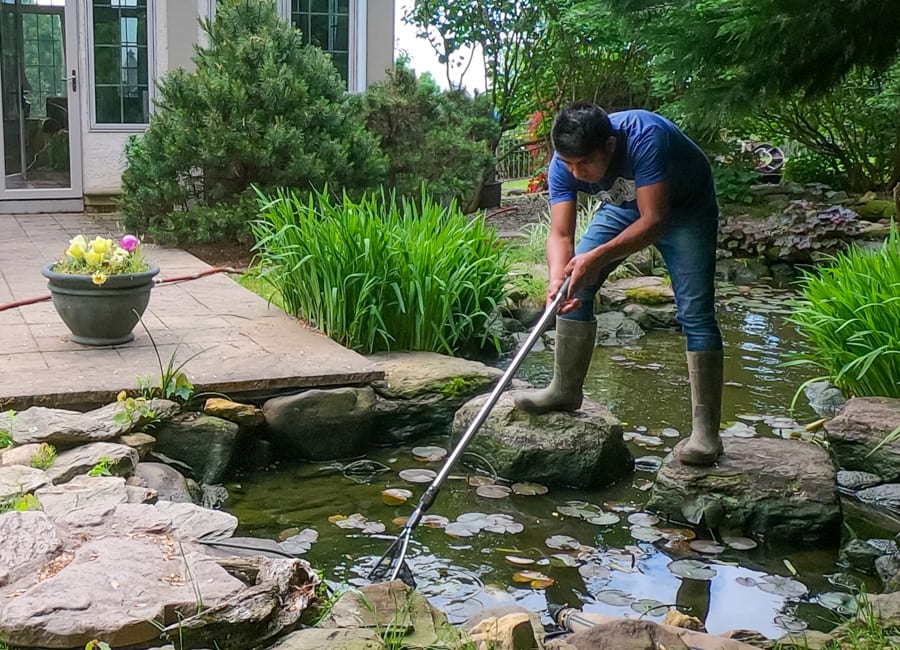
Here are some steps you can take to keep your outdoor waterfall clean and functioning properly
1. Skim the Water Surface
Use a skimmer net or a pond skimmer to remove leaves, twigs, and other debris that may accumulate on the water’s surface.
Regular skimming prevents debris from clogging the waterfall’s pump and filter.
2. Install a Pond Skimmer
Consider installing a pond skimmer if your waterfall is part of a larger pond. These devices automatically remove debris from the water’s surface, helping to keep the water clean.
3. Clean the Filter
Outdoor waterfalls often have a filtration system to remove debris and maintain water clarity. Depending on your filter type, clean or replace the filter media regularly.
4. Check Water Quality
Regularly test the water quality to ensure it’s balanced and healthy for your aquatic plants and fish (if you have any).
Maintain the appropriate pH levels, hardness, and water chemistry. An imbalanced ecosystem can lead to algae growth and other water quality issues.
5. Algae Control
Algae can be a common problem in outdoor water features.
To control algae growth, consider using algae-eating fish, like goldfish or koi, adding aquatic plants to compete with algae for nutrients, and using an algaecide or natural treatments as needed.
Do not overfeed the fish, as excessive food contributes to algae growth.
Also, remember that the location of your water feature will influence the amount of algae growth.
Placing it in a more shady area can help make it look beautiful for longer, as sunlight promotes algae growth.
However, remember that putting it under a tree will require you to fish out leaves periodically.
6. Introduce Wildlife to Your Water Feature
Pond plants and snails, particularly Ramshorn and trapdoor snails, can naturally clean your pond. Oxidizing plants can also help keep your pond clean and free of algae.
Ramshorn and trapdoor snails work to remove algae from your pond’s sides while also enhancing filtration.
They won’t harm your plants, but they will remove dead plants.
7. Scrub Rocks and Surfaces
Periodically scrub the rocks and surfaces of the waterfall to remove algae and mineral deposits.
If appropriate, use a stiff brush or a pressure washer to clean these areas.
8. Monitor Water Levels
Keep an eye on the water level in your waterfall. Evaporation and splashing can cause the water level to drop, which may expose the pump and cause it to overheat. Add water as needed to maintain the appropriate water level.
9. Inspect and Maintain the Pump
Regularly inspect the pump to ensure it’s functioning correctly.
Clean the pump intake to prevent clogs, replace worn-out or damaged parts, and lubricate pump bearings if necessary.
To prevent damage, it’s best to clean your water feature pump according to the manufacturer’s instructions.
You must carefully open it with a little brush before cleaning out debris.
10. Prepare Your Waterfall for Winter
In colder climates, preparing your waterfall to prevent damage from freezing temperatures is essential.
This may involve removing and storing the pump indoors, draining the water feature, and covering it with a protective net or tarp to keep debris out.
You can decide to continue using your waterfall.
However, ensure an ice dam doesn’t develop, as that could lead to water leaking from the basin.
Additionally, you will still need to refill any lost water so the pump can continue working properly.
11. Landscape Maintenance
Keep the area surrounding your waterfall free from overhanging branches, fallen leaves, and other debris that could find its way into the water feature.
You’ll probably need to empty the debris net daily to keep up with the influx of leaves falling from the neighboring trees.
If you leave too much organic matter in your pond, the water could become brown. If this occurs, clean the water by removing extra particles and adding activated carbon.
Ensure your waterfall is switched off and not connected to electricity to avoid accidents.
Also, remember that if you choose to use cleaning chemicals, go with natural products or ones that are safe for plant life, children, and animals.
Stay away from bleach, as it is corrosive and harmful. It will stay in your water feature for a long time and destroy your aquatic life, too.
Following these steps and staying proactive, you can enjoy a clean and inviting outdoor water feature year-round.
Conclusion
Keeping your outdoor waterfall clean and beautiful is all about regular maintenance.
Regular care and attention to various aspects, such as debris removal, water quality, and equipment maintenance, are important for keeping your waterfall clean and inviting.
You can add beneficial aquatic life forms to your waterfall that will enhance its beauty and help with maintenance.
By following these steps and being consistent, you will be able to enjoy the ambiance and sounds of your outdoor waterfall while creating a harmonious and healthy environment for both your aquatic ecosystem and your landscape.
Remember that consistent maintenance will go a long way.

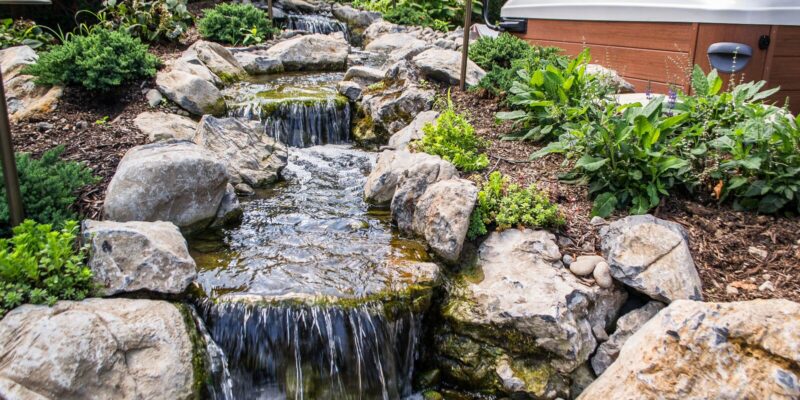
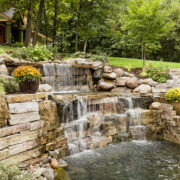
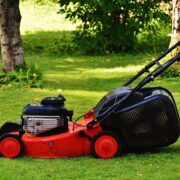
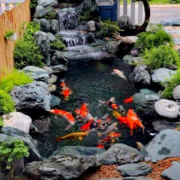

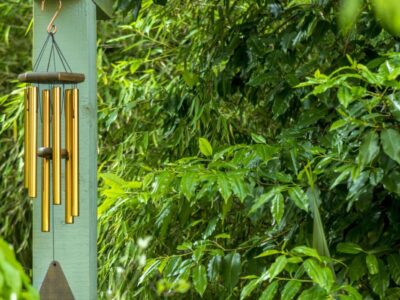
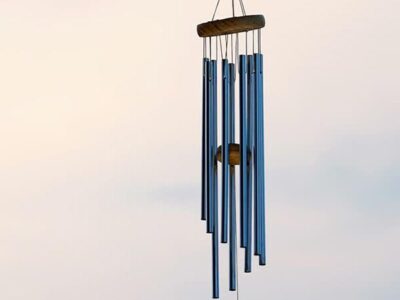

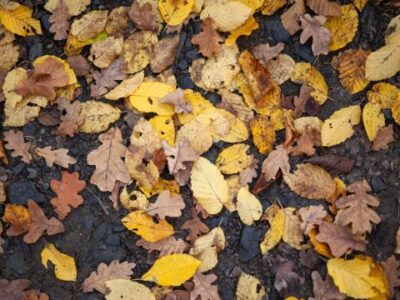



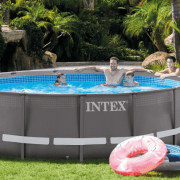
Comments